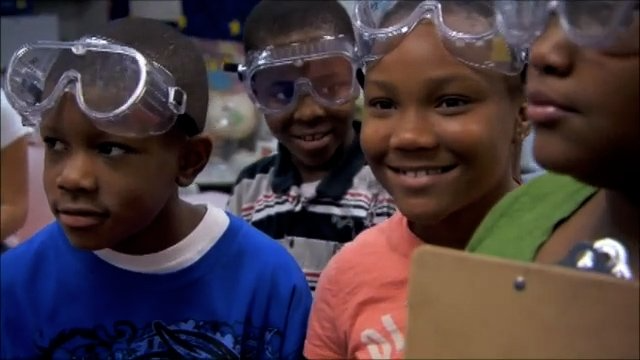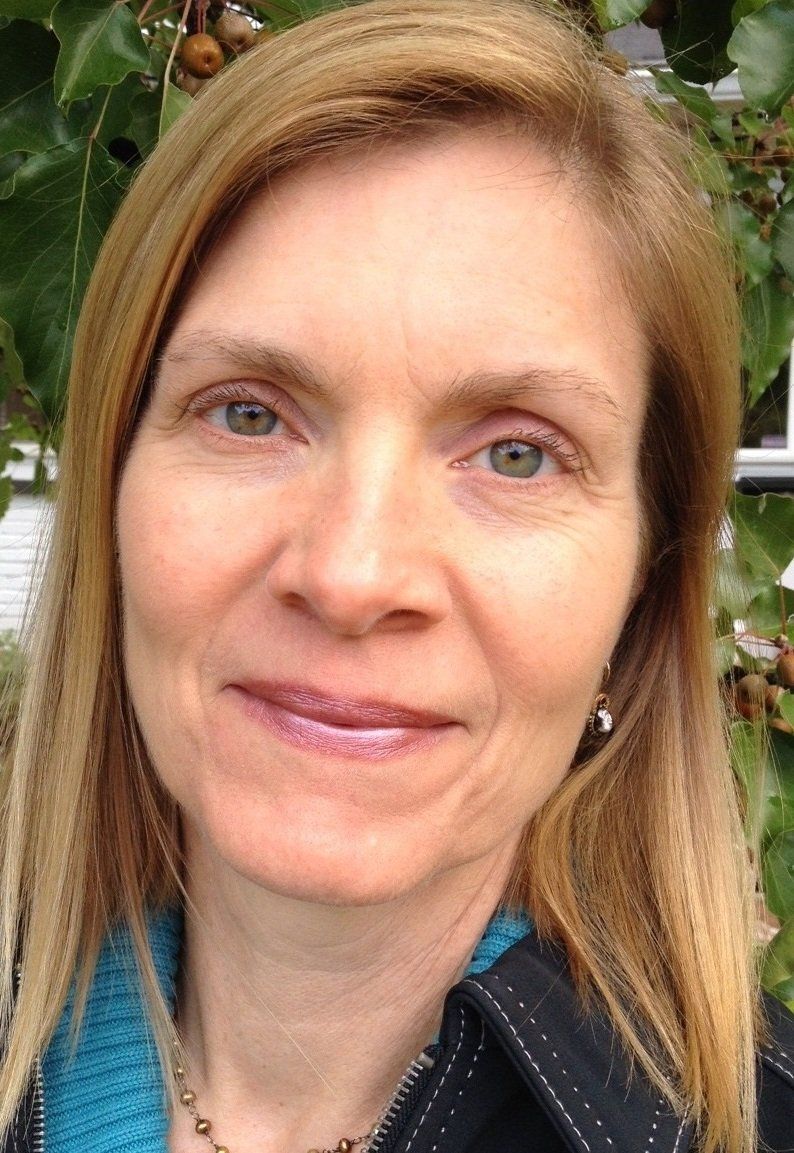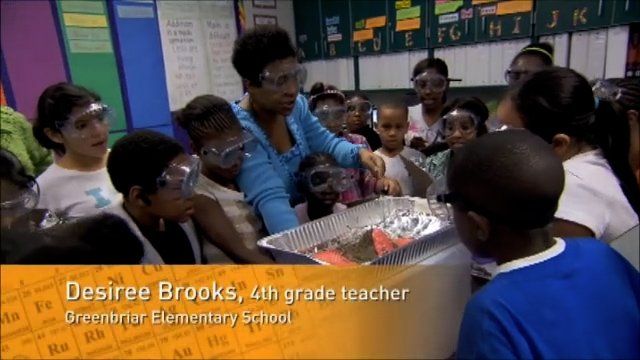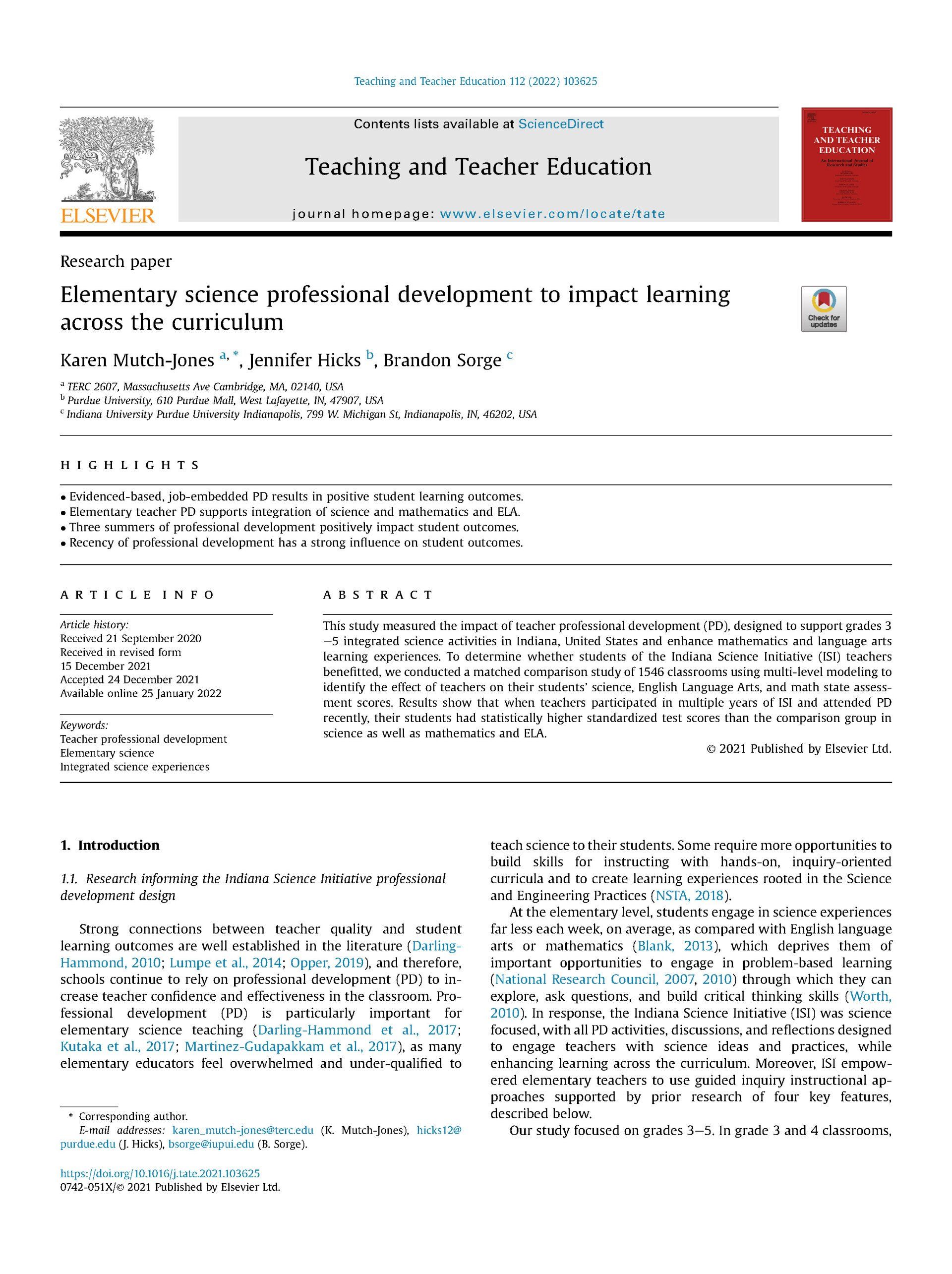STEMx member Jenny Hicks and two co-authors recently published a paper that will run in the Apil issue of Teaching and Teaching Education, an international journal currently edited by faculty of the University of Iceland and Arizona State University.
Their paper details the key insights behind the Indiana Science Initiative. We asked Jenny to tell us more about the paper and what other state networks can learn from the program's model.
Q: Tell us about your current position?
I am the Director of K-12 STEM Engagement in the Office of Engagement at Purdue University.
Q: The paper you co-authored is titled "Elementary science professional development to impact learning across the curriculum" and runs in Teaching and Teacher Education, Volume 112, April 2022. Could you tell us a little about it and its conclusions?
This study measured the impact of teacher professional development (PD), designed to support grades 3–5 integrated science activities in Indiana and enhance mathematics and language arts learning experiences. To determine whether students of the Indiana Science Initiative (ISI) teachers benefitted, we conducted a matched comparison study of 1546 classrooms using multi-level modeling to identify the effect of teachers on their students’ science, English Language Arts, and math state assessment scores. Results show that when teachers participated in multiple years of ISI and attended PD recently, their students had statistically higher standardized test scores than the comparison group in science as well as mathematics and ELA.
Q: Who did you collaborate with to write this paper?
I collaborated with our evaluators, Dr. Karen Mutch-Jones from TERC and Dr. Brandon Sorge, IUPUI.
Q: 3. Tell us about the Indiana Science Initiative
The Indiana Science Initiative (ISI), began in 2010, is a statewide initiative aimed at increasing the amount and quality of science taught in grades K-8 across Indiana. ISI, supported through the Office of Engagement at Purdue University, provides a K-8 science curriculum to school districts statewide with 92 schools, over 1,000 teachers, and 52,000 students, with an emphasis on high need districts. Any accredited public or private school in the state of Indiana may adopt ISI as part of their curricular materials adoption. ISI is in its second six-year cycle of science curricular materials adoption, which began with the 2017 school year. ISI provides hands-on, research-developed science curricular materials aligned to Indiana’s Academic Standards for Science--2016. By providing all the materials that teachers need to carry out science investigations, ISI removes the biggest barrier to teaching science. Materials management for ISI science kits is handled by Materials Management and Distribution Center at Purdue University, which ships, returns and refurbishes approximately 400 tons of materials for ISI schools every year. ISI has provided ongoing professional development for its teachers since 2010 and has built capacity by cultivating lead teachers at each grade level in most of its school districts. Over the past six years, ISI has held 115 training sessions for 3,255 training hours. In that same time, ISI has trained over 6,400 teachers. In the last five years ISI has also received grant funding from Mathematics and Science Partnership grants, Improving Teacher Quality grants and STEM Teacher Retention and Recruitment grants which allowed support for science coaches, additional materials, professional development, and assessment.







